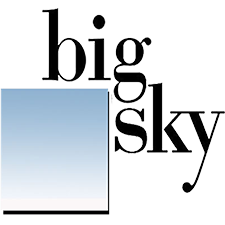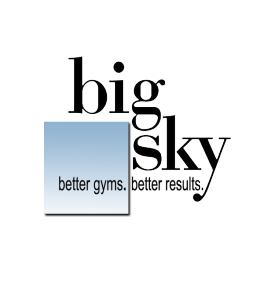Enjoy this guest post by Alex Titarenko, a Trainer at Big Sky Newington. Alex is a NASM Certified Personal Trainer, NESTA Certified Lifestyle & Weight Management Specialist, and fitness, nutrition & self development enthusiast… who occasionally likes to enjoy a good slice of pizza.
I’m sure you’ve heard it before that to get lasting change, you need better habits. But just how many habits should you focus on at one time? How do habits look in the brain and how exactly do you train a new habit? What if you absolutely hate the habit you’re trying to build? Today we’re going to dive into the anatomy of a habit, how to identify the cues and rewards for a habit and how to change, while also creating new habits. We’ll also talk about something called a “keystone” habit, which can shorten the list of habits you want to practice and help you stay focused on what’s truly important.
What Exactly is a Habit?
A habit is a specific behavior or thought pattern. Eating a salad every day is a habit, but “eating healthy” or “staying healthy” is not. A habit is largely automatic and something that you regularly do. Habits don’t require much conscious effort on your part.
Our brain does it’s best to help us survive and thrive in this world. One of the tricks it uses to help us is to make things automatic whenever possible. When specific neurons repetitively talk to each other, a habit is formed. The common saying is, “neurons that fire together, wire together.” After a while of doing something consciously, the brain will take that routine and sink it into your subconscious so you can run it automatically, giving you the ability to focus on other things. For example, instead of consciously thinking about how to shower, how to make coffee, how to put your clothes on; you can think about what you’re going to do that day and have those other tasks run automatically in the background.
Some habits seem like they stay with us forever. To a certain extent, once neurons are wired together, they stay that way. We can however, over a span of time, weaken the firing of these neurons and replace them with something new. We can also replace parts of a habit with something more useful.
Habits run on a three-step process: first, there’s a cue, which initiates a specific habit or routine, then there is the reward. Read on to learn more about this three-step process (cue, habit/routine, reward) and how you can identify it in your own life and how you can use it to help you build better habits.
How to Remove or Create a Habit
Instead of randomly forcing yourself to do something you hate for 21 days, you can rely on the three-step process that creates the habit/routine, the cue to initiate a habit, the behavior itself, and the reward.
First start with identifying the routine entailed in a specific habit. For example, let’s say the habit is stopping and getting fast food, then eating it on your way home from work or eating it at home. The routine would be you driving on a specific route from work, seeing those golden arches, turning into the drive-thru, and going through the buying and eating process.
Next you can investigate what exactly triggers this routine and find the cue for the behavior. Is it hunger? Are you stressed? Are you thirsty? From there you move on to identifying the reward.
Obviously, the food itself could be a reward in satisfying your hunger, but it could also be just avoiding going home, a change of scenery or a distraction from responsibilities at home. It could also be the combination of feel good chemicals that are dumped into your brain as a result of eating something high in fat, salt or sugar.
Next you want to explore other options for rewards. Finding the specific reward for a behavior can be tricky. You might think the cheeseburger gives you the reward of eating and not feeling hungry anymore, but it could actually be something else such as a temporary stress relief from a long day at work. Try different things to satisfy potential rewards that you think you would normally get.
For example, you could eat a small snack on your way to the gym after work and then blow off some steam lifting weights or doing cardio. You could also try calling a friend to vent to them about your stressful day (hands free if you’re calling them from them from the car please!). See if these rewards are enough to replace the ones you get from the cheeseburger you are trying to avoid. Think about the emotions and thoughts that run through your mind after you are done trying your new routine. You can even write these things down to bring further awareness of what could be driving your behavior.
Do you still want that cheeseburger after your snack and cardio session? How do you feel? If you still want the cheeseburger after your snack and cardio session or after venting about your stressful day to a friend, you haven’t identified the real reward that the cheeseburger gives you and need to keep trying other activities to find it. If, however, you find that you don’t even think about fast food on your way home, you’ve found the reward.
Next you want to find the specific cue for your behavior. Noticing the cue for a behavior can be challenging because there are an infinite number of combinations of influences that could be identified. To simplify this, use factors such as location, time, emotional state, other people and the immediately preceding action, to help you narrow on the cue for your habit. The moment you get the urge to stop and buy fast food, write these factors down. Do this for multiple days, and see if any of them repeat. This will mean you are getting closer to identifying the cue for your specific habit.
Want to read more about Breaking or Changing a Bad Habit?
Check your inbox next week for the second part of Alex’s analysis on habits!!
Need help reaching your goals? Sign up for our 10-Day FREE Personal Training Experience!
Members and Non-Members Welcome. Click HERE to get started!
Better Gyms. Better Workouts. Better RESULTS!




